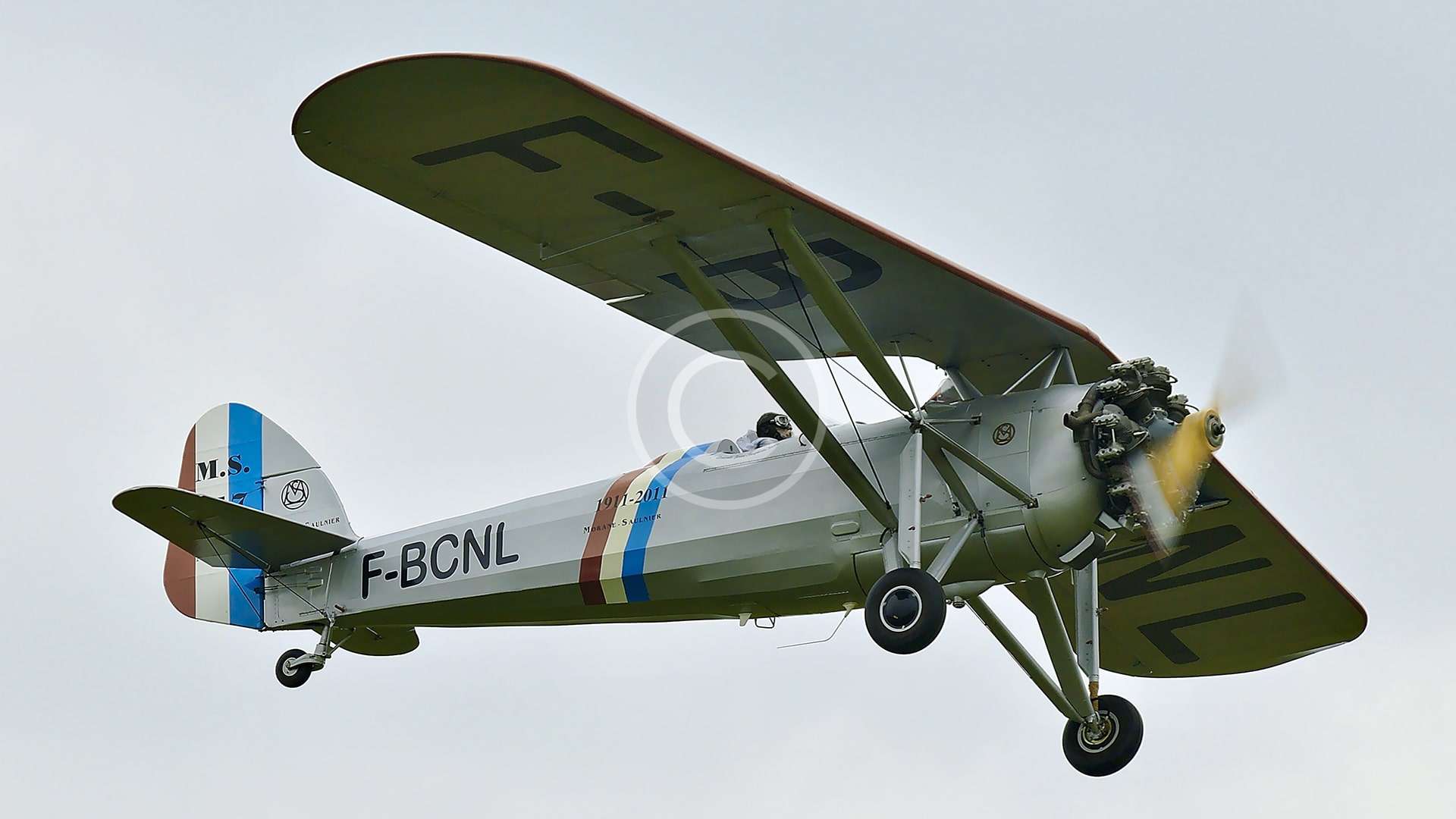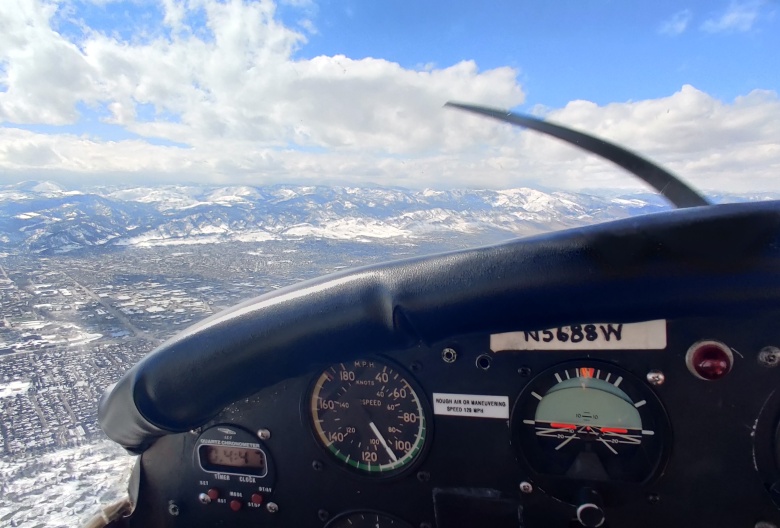A Commercial Pilot License (CPL) is a significant milestone in a pilot’s career, as it allows them to fly for compensation or hire. CPL holders can work in various fields of aviation, including air ambulance services, charter companies, aerial surveying, corporate aviation, and more.
One of the main benefits of obtaining a CPL is that it provides pilots with a vast range of career opportunities. Many employers require pilots to hold a CPL, and it can significantly enhance their chances of finding employment in the aviation industry. CPL holders can work as flight instructors, corporate pilots, or even fly for a regional airline with a smaller aircraft, which can serve as a stepping stone towards earning an Airline Transport Pilot (ATP) certificate.
CPL training covers advanced skills, knowledge, and techniques that go beyond what is taught in a Private Pilot License (PPL) course. The training emphasizes navigation, performance, and emergency procedures, which enhances pilots’ abilities to fly safely and confidently. The course also covers advanced aircraft systems, weather, and aircraft performance, providing a comprehensive understanding of flying concepts.

Aside from career opportunities, a CPL is beneficial to pilots who want to gain a more profound understanding of aviation and develop advanced skills. It demonstrates a higher level of commitment and professionalism in the industry, which is highly regarded by aviation employers.
In conclusion, a Commercial Pilot License is a valuable investment for pilots who want to pursue a career in aviation or gain advanced skills and knowledge. It opens up a vast range of career opportunities and provides a comprehensive understanding of flying concepts, making it a worthwhile investment in a pilot’s future.
Course Description
In addition to the requirements for obtaining a Commercial Pilot License (CPL), there are several other factors to consider when pursuing a career as a commercial pilot. First, many employers prefer or require additional certifications such as a multi-engine rating or an instrument rating. These certifications demonstrate the pilot’s proficiency in advanced flight maneuvers and navigation techniques.
Second, gaining experience through various types of flying such as charter flights, aerial surveying, or corporate aviation can be valuable in developing skills and networking within the industry. Many commercial pilots also begin their careers as flight instructors, building hours and experience before moving on to other positions.
Finally, keeping up with current industry trends and regulations through continuing education courses and staying up-to-date with the latest technology can help commercial pilots remain competitive and advance in their careers. Overall, becoming a commercial pilot requires dedication, skill, and ongoing commitment to learning and growth in the aviation industry.
To obtain a Commercial Pilot License (CPL), the typical path involves a combination of ground school and flight training. The student will need to have a Private Pilot License (PPL) and at least 250 hours of flight time, including 100 hours of pilot-in-command time.
The flight training for a CPL includes advanced flight maneuvers, cross-country flying, night flying, and more. The student will also need to log a minimum of 50 hours of cross-country flight time, including 10 hours of instrument training.
The ground school for a CPL covers advanced topics such as aircraft systems, aerodynamics, and navigation. After completing the required training and accumulating the necessary flight hours, the student will take a practical test with a certified FAA examiner to demonstrate their proficiency.
Overall, the process typically takes several months of dedicated training and practice, but the benefits of a Commercial Pilot License can be significant, opening up new opportunities for employment and advancement in the aviation industry.
- Hold a Private Pilot License (PPL)
- Be at least 18 years old
- Hold a current FAA Medical Certificate
- Complete a minimum of 250 hours of flight time
- Log at least 100 hours of pilot-in-command time
- Complete a minimum of 50 hours of cross-country flight time
- Complete 10 hours of instrument training
- Complete 10 hours of training in a complex aircraft
- Pass a written knowledge test
- Pass a practical flight test with a certified FAA examiner



